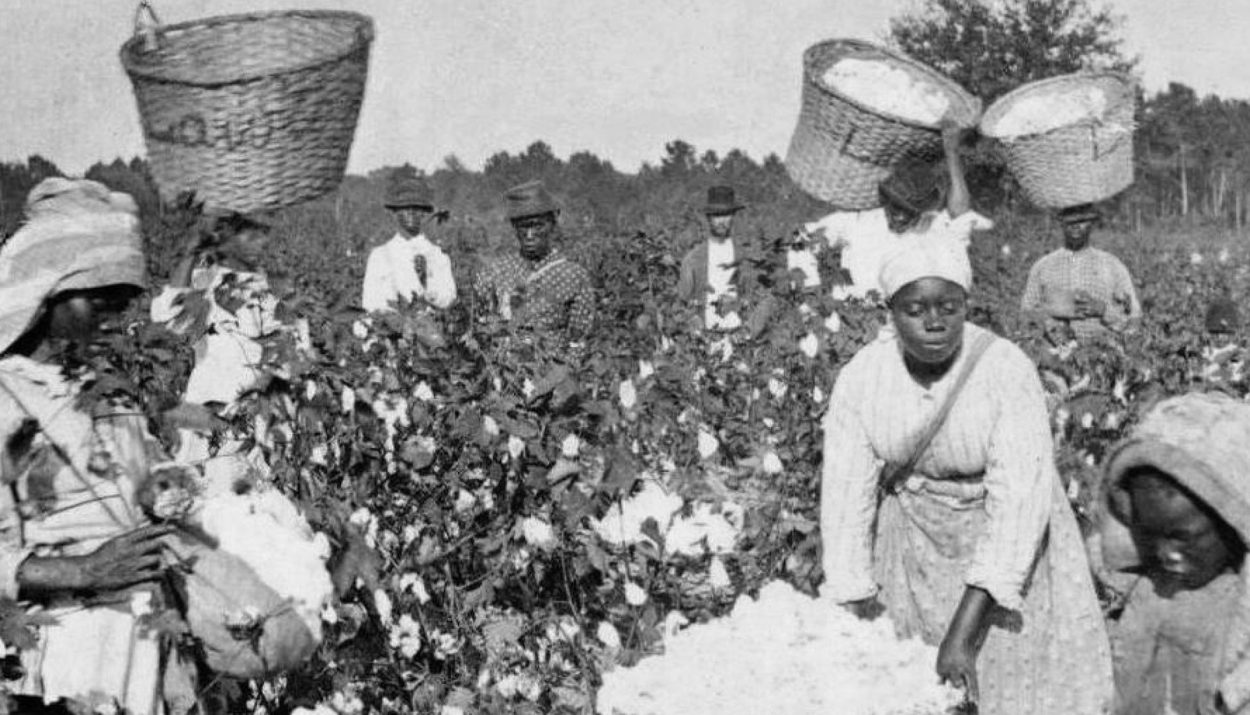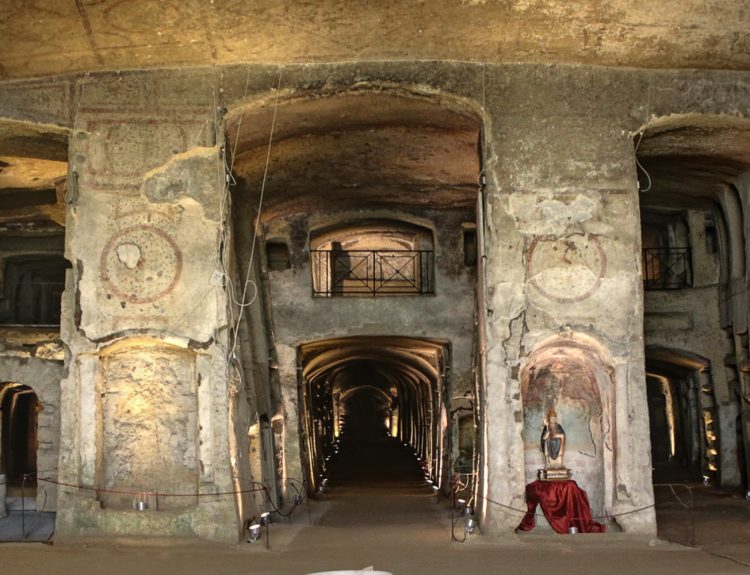A recent new study has revealed details about slaves at Catoctin Mountain Park that were thought to be lost. Many of these slaves, who were brought here via the trans-African slave trade, arrived without adequate documentation, which leaves their descendants with little to no information about their ancestors.
Mapping Ancestral Lineages
The research, published in the Journal Science, focused on recovering lost lineages of 27 deceased people who were buried in the Catoctin Furnace African American Cemetery.

The study said, “Few African Americans have been able to trace family lineages back to ancestors who died before the 1870 United States Census, the first in which all Black people were listed by name.”
Property Not People
A 23andMe population geneticist, and the lead writer Éadaoin Harney, stressed the issue of missing African Americans from history.

“Enslaved African Americans are largely excluded from the historical record, and in documents where they are mentioned, they are often treated as property, not as people,”Harney said.
Torn Apart By Slavery
Anthropologist Kari Bruwelheide, a co-author of the study and a researcher from the Smithsonian’s National Museum of Natural History in Washington, emphasized the significance of this information for African Americans.

Bruwelheide said, “This knowledge was severed by slavery – a truth that has implications for African Americans far beyond the community of Catoctin Furnace.”
Findings From The Study
The research team analyzed the DNA taken from the 27 deceased people, and they found that many of the individuals had traces of DNA from Europe.
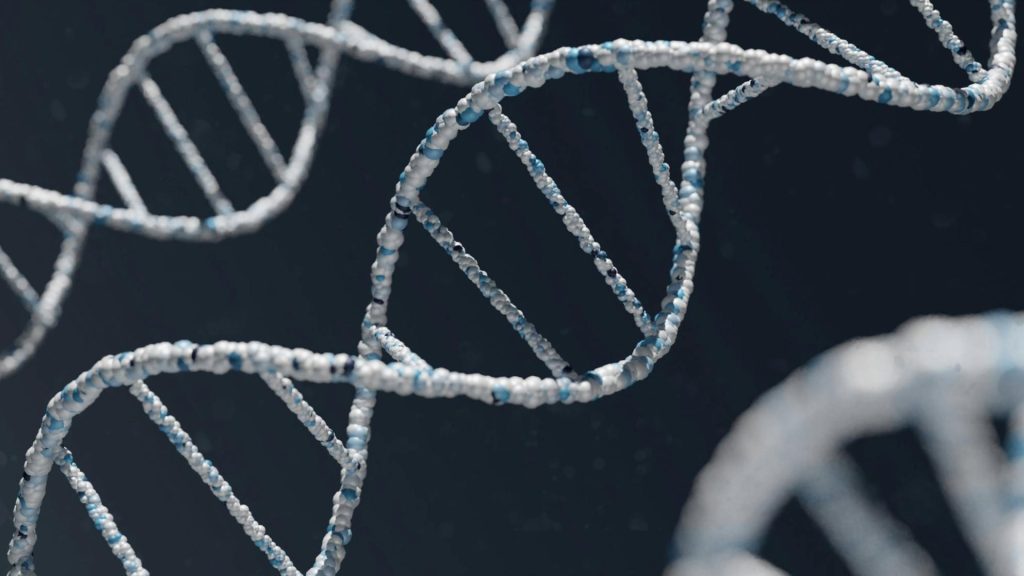
The findings suggested that there could have been instances of sexual abuse that are consistent with other salves around the same time. Enslaved Africans were forced to work in many sectors of America, including agriculture, industry, and in homes.
Catoctin Furnace
Much about what transpired at the Catoctin Furnace is unknown, not far from where this was located is the infamous Camp David where many presidents of the United States often retreat to.
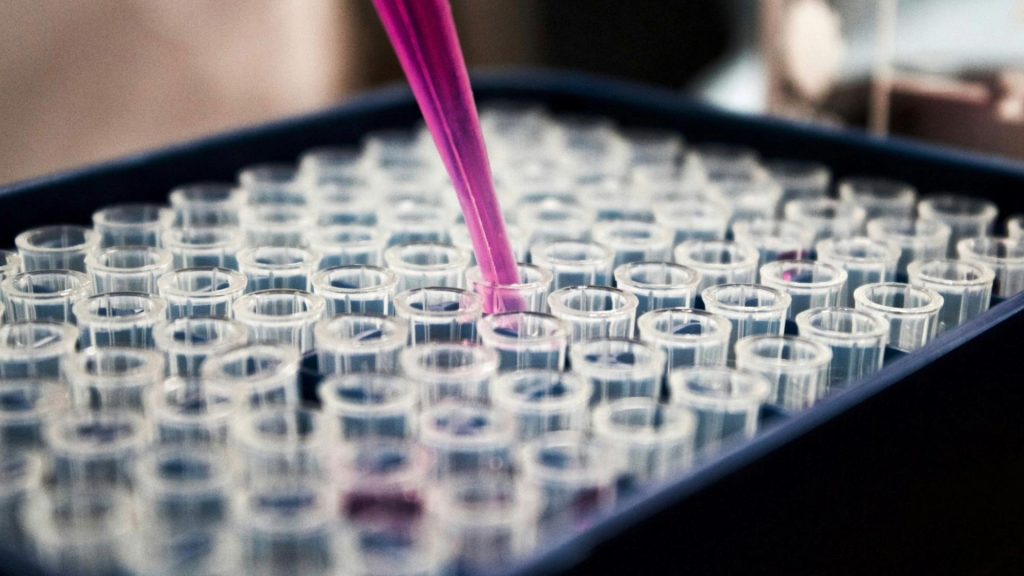
Enslaved workers were responsible for mining iron ore and making sure the furnaces produced various goods. Slaves would produce cannon balls, pots, utensils, and more as a major workforce.
Providing A Voice
Kathryn Barca, one of the researchers involved in the study with the Smithsonian research, hoped they could help give a voice to those individuals that have passed away and been forever silenced by history.

Barca said, “The experiences of African Americans within the early industrial complex of the United States are not completely understood and their labors in this system have not been thoroughly explored or acknowledged.”
Genetic Relatives
Thanks to the cooperation of research participants from a genetic database, the study was able to locate and identify thousands of genetic relatives.
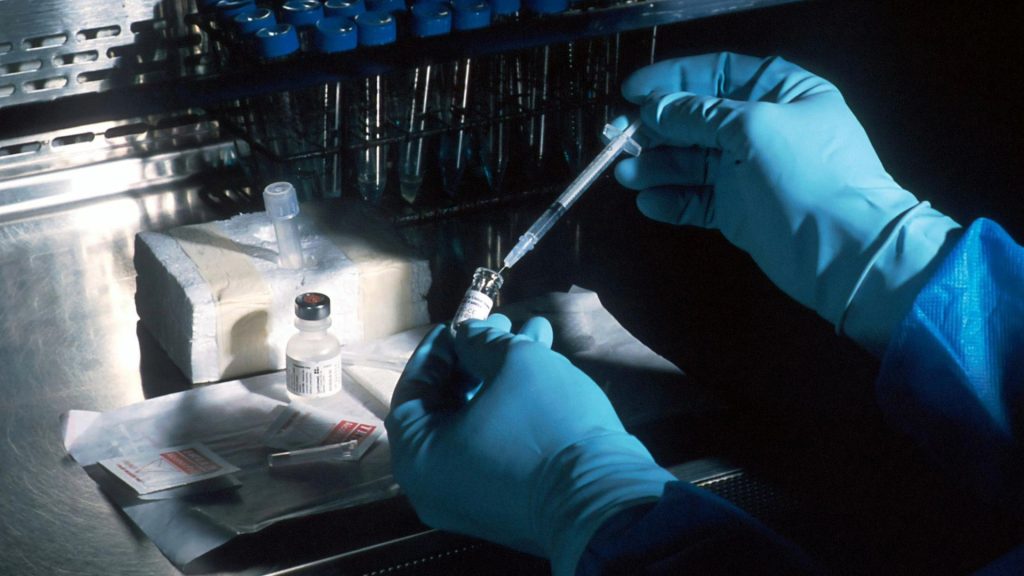
The study said, “We analyze 27 individuals from Maryland’s Catoctin Furnace African American Cemetery (1774–1850), identifying 41,799 genetic relatives among consenting research participants in 23andMe, Inc.’s genetic database.”
Details Of Ancestry
The researchers were curious about the origins of these individuals’ ancestry. The study indicates that many of them have ancestral ties to the Wolof and Kongo African ancestry as well as other places in the African region.
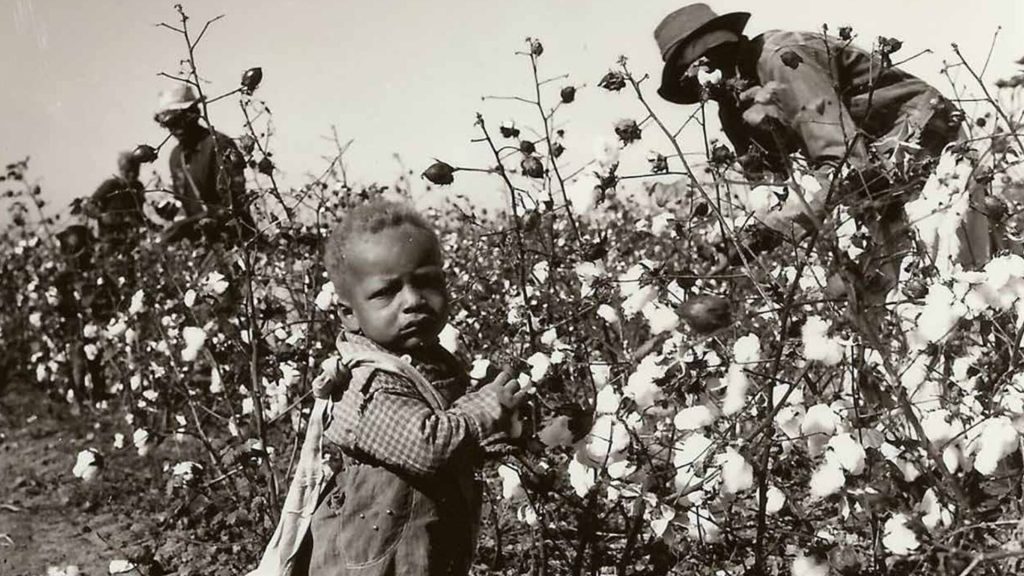
The Wolof people resided in West Africa during that time, while the Kongo people came from Central Africa.
Living Relatives In Maryland
By matching DNA with relatives, researchers were able to find that many of these 27 individual descendants are all located in Maryland.
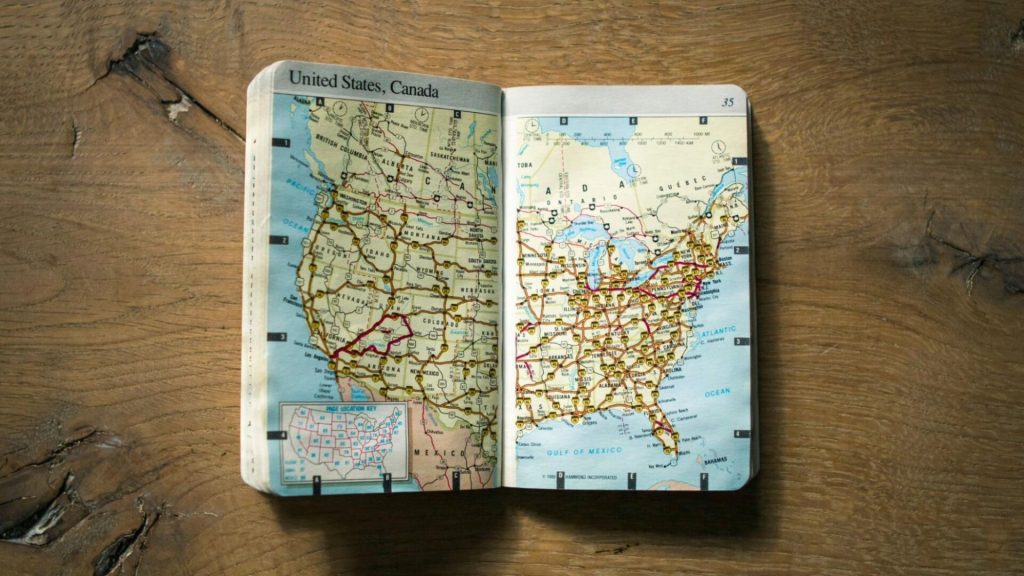
This suggested that some of these descendants have remained in the area after the passing of their ancestors. The study was able to pinpoint close relatives of the deceased among the population.
Collaborated Analysis
Scientists celebrated the study as a successful collaboration between DNA analysis and consumer-level DNA research. Specifically, the joint effort between research scientists and the company 23andMe.
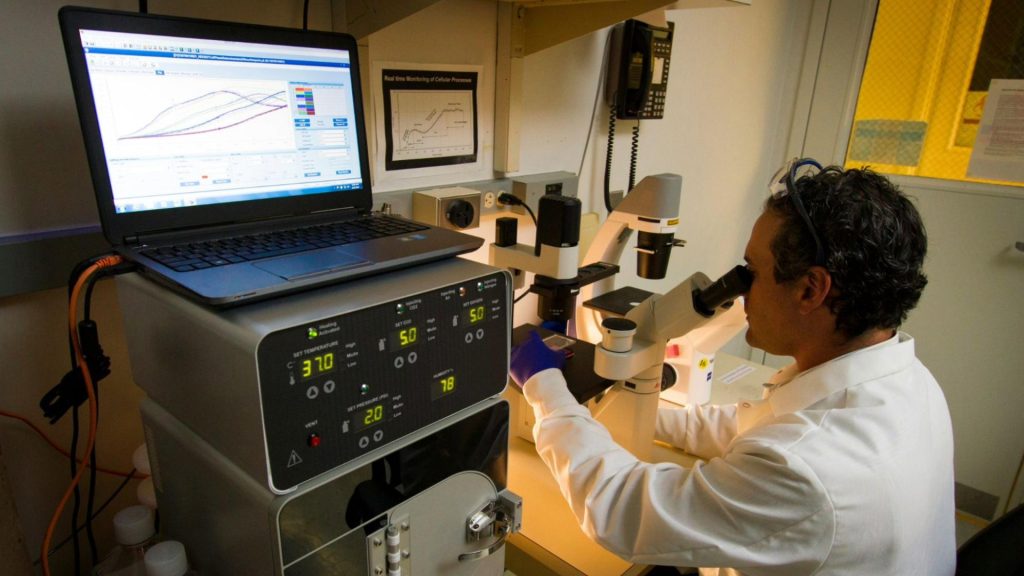
The research paper said, “This study demonstrates the power of joint analysis of historical DNA and large datasets generated through direct-to-consumer ancestry testing.”
Sharing Results With Descendents
This research would be invaluable to the actual descendants of these individuals but they have not yet been notified.
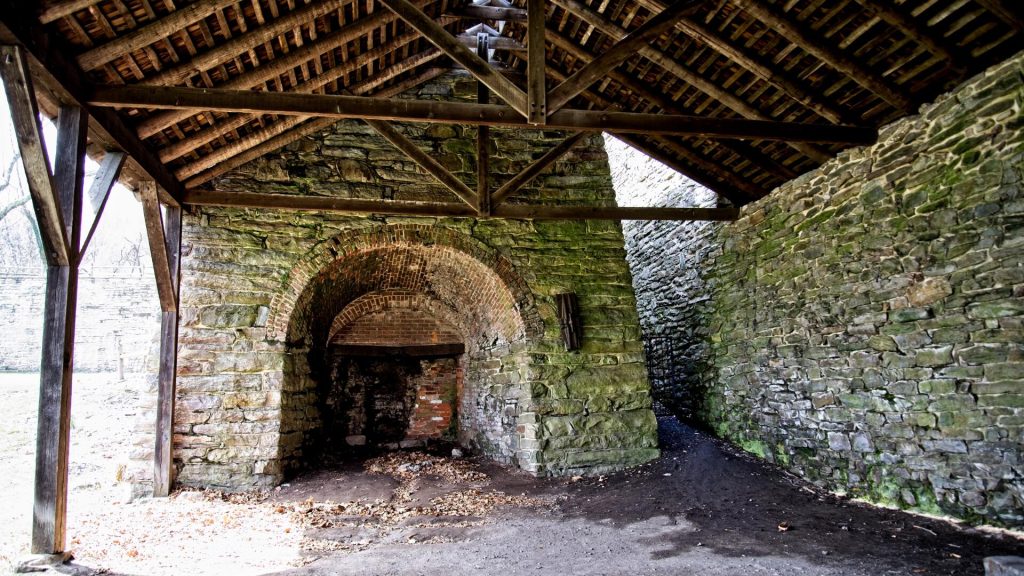
Andy Kill, a spokesperson from 23andMe said, “We are considering a way to thoughtfully and ethically return results to those in the 23andMe database who would like to know if they are connected to the Catoctin Furnace individuals.”

